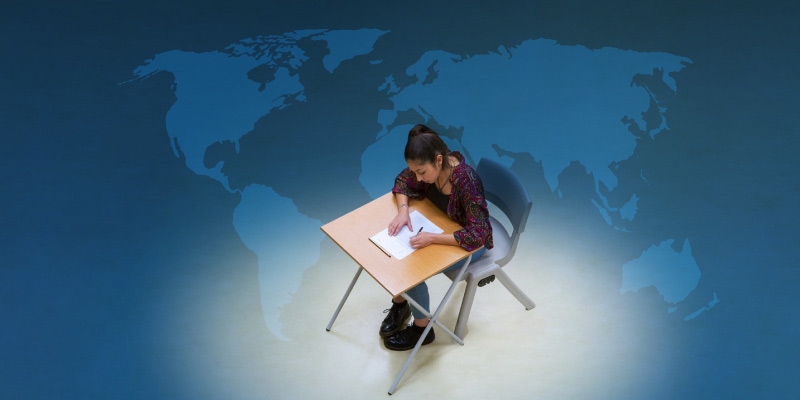PISA results—a breakdown by province

Canada has 10 distinct provincial school systems. According to the latest available test score data, some provinces are doing much better than others.
There are two sources of comparative performance data: PCAP—our own Pan-Canadian Assessment Program, which tests random samples of Grade 8 students in each province; and PISA—the OECD’s Programme of International Student Assessment, which tests random samples of 15-year-old students from around the world, including mainly Grade 10 students in each province. Both programs assess performance in reading, math and science every three years.
The PCAP tests are based on common curriculum content across Canada; PISA on more general assessments of what students know and can do. Even so, the 2019 PCAP and 2018 PISA results (the latest available) paint broadly similar pictures, with the larger provinces generally outperforming the smaller, and several provinces excelling in specific subjects.
Both tests award Quebec pole position in math, with a significantly higher average score than all other provinces, and both tests give the highest average reading and science scores to Ontario and Alberta (although PCAP also includes Prince Edward Island as a top science performer).
At the other end of the performance scale, Manitoba, Saskatchewan and New Brunswick are among the lowest-scoring provinces on both assessments.
As discussed in my latest study, the PISA results expand this picture by comparing the provinces with countries around the world. In the PISA results, Quebec’s math performance is not only the best in Canada, it’s among the very best in the world. So too with Alberta in science, and Alberta and Ontario in reading. And while Manitoba has the lowest math scores in both PISA 2018 and PCAP 2019, the PISA results show it outperforms G7 member Italy.
More dramatically, the PISA results show each of the Big Four provinces of Ontario, Quebec, Alberta and British Columbia achieving significantly higher average reading scores than all G7 member countries except, of course, Canada. The Big Four also outperformed five of these six G7 countries in math and science (the exception being Japan, which scores below Quebec in math and below Alberta in science).
Between them, the Big Four provinces enrol 86 per cent of Canadian elementary and secondary students; Ontario and Quebec alone account for 60 per cent. In consequence, Canada’s outstanding international record in the PISA results is largely attributable to the strong contributions from these four provinces.
Conversely, however, if we only consider PISA results for the remaining smaller six provinces, Canada fares much worse, placing 17th in reading (below the United States, the United Kingdom and Japan), 18th in science (again, below Japan, the U.K. and U.S.) and 30th in math, just below the OECD average.
In sum, the limited data available suggest our provincial school systems are performing well, but some are performing markedly better than others.

